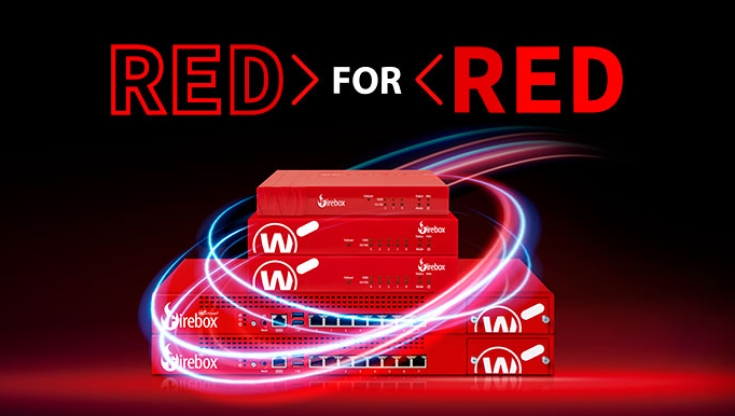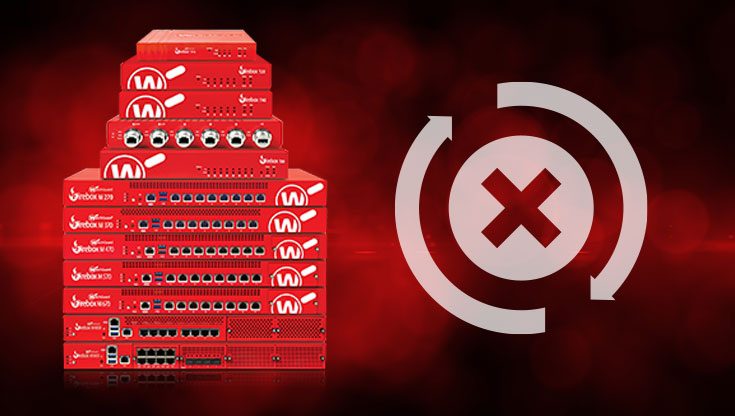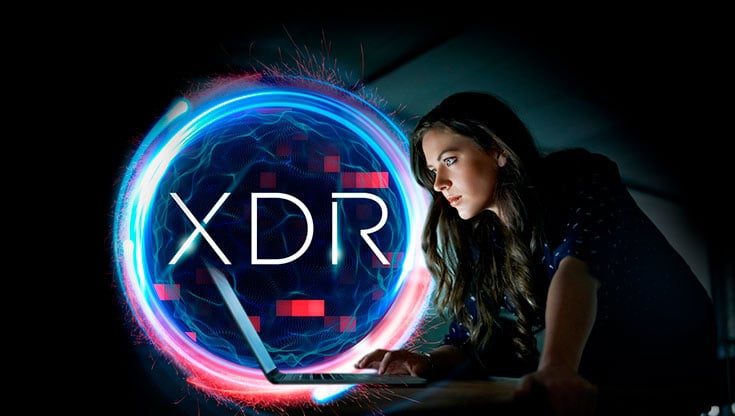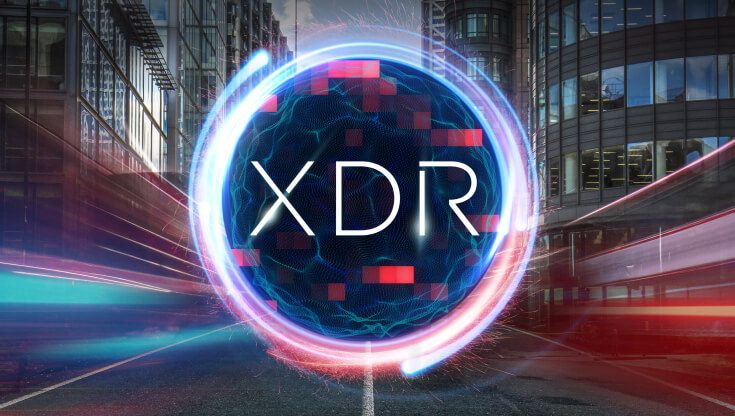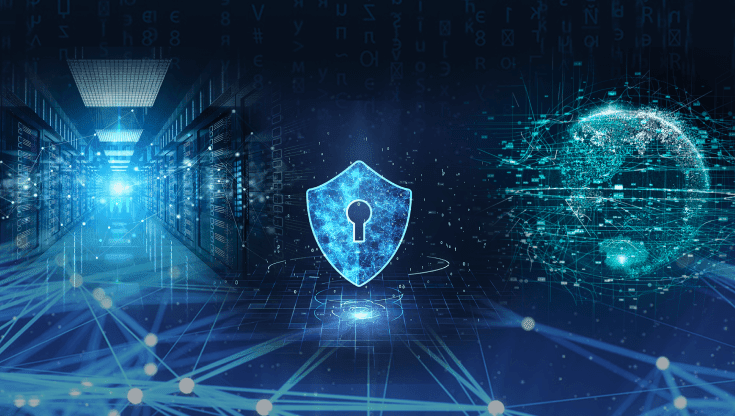How MSPs Can Overcome Common Zero Trust Obstacles
21 June, 2023 by Diana Harter
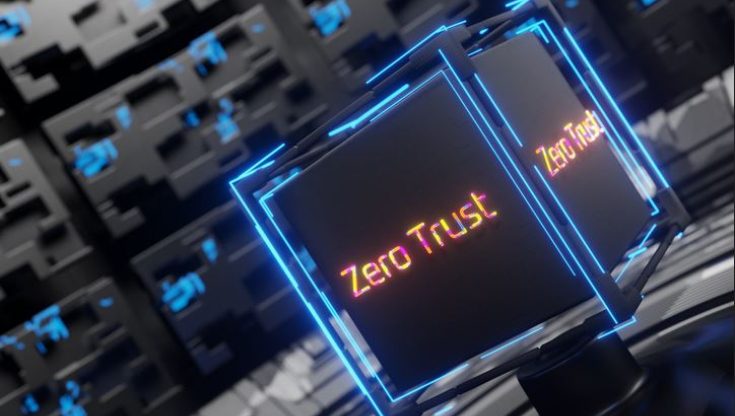
Zero trust is not a new cybersecurity concept, yet it seems everywhere lately. In case you’re unfamiliar with zero trust, it is defined as an approach to security that assumes no implicit trust between users, devices, or networks as a baseline, and once a user has been verified as legitimate, authorized, and trustworthy, access is allowed. Zero trust has been so effective as a cybersecurity strategy that the U.S. Federal Government and global policies issued by NIST, CISA, and DOD have effectively catapulted zero trust to the forefront of a -digital transformation strategy by committing to implement it with modernizing IT and OT infrastructure.
So, with all the recent hype, why have only 33% of global businesses adopted zero trust? As with any new security approach, zero trust presents several obstacles that can prevent businesses and their trusted managed service providers (MSPs) from moving forward.
5 Common Zero Trust Obstacles MSPs Face
- Legacy Infrastructure. Many customers have outdated or legacy infrastructure. Zero trust requires modern, adaptable security that can enforce access controls and monitor user activities. Retrofitting and modernizing legacy systems to align with zero principles can be complex and time-consuming.
- Complexity and Scalability. In a true zero trust architecture, multiple interconnected security components, such as identity, access management, and strong multi-factor authentication (MFA), network and endpoint security solutions, and continuous threat monitoring tools need to work together. Without a unified approach to security, then it can be challenging for MSPs to monitor and manage all environments involved in a zero trust model, especially as they scale their services to cater to a diverse range of client needs.
- MSP Customer Education and Adoption. For many customers, zero trust might be a paradigm shift from traditional security approaches. They may be unfamiliar with its concepts and benefits, and require education to overcome concerns about cost, disruption to existing workflows, or perceived complexity.
- Lack of Funding. Implementing a true zero trust security model for customers may involve upfront costs to acquire new technologies, in-depth security assessments, and infrastructure reconfiguration projects. Additionally, ongoing maintenance, monitoring, and staff training can contribute to the overall expense.
- Skills Gap. Since zero trust requires cybersecurity expertise to design and deploy a trusted environment, MSPs may struggle to implement the necessary components and ensure they work seamlessly together. Not to mention the skills gap can hinder MSPs from keeping pace with new threats, vulnerabilities, and technologies, which could potentially leave them vulnerable to new attack vectors or missing out on implementing the most effective security measures.
With the right approach, MSPs can overcome these challenges, deliver zero trust security, and ensure positive customer experiences.
Best Practices for MSP Success with Zero Trust
Start with MFA. If implementing zero trust seems too complex to handle all at once, begin with one component. MFA is the perfect way to get started down the zero trust path with customers. Once MFA is in place, you can emphasize the identity and access management benefits for customers and build from there.
Align Zero Trust to Customer Business Requirements. MSPs offering vulnerability assessments, penetration testing, or backup and disaster recovery to meet customer business requirements can leverage these services to illustrate the value of implementing zero trust policies to improve security outcomes.
Ensure Positive User Experience with Endpoint Detection and Response (EDR) and Extended Detection and Response (XDR). Automate and easily monitor threat monitoring with EDR and XDR solutions. EDR and XDR can be engineered and configured to support zero trust requirements without compromising the user’s experience.
Establish an environment for unified security. MSPs that use our Unified Security Platform® architecture that has zero trust built into its DNA will make adherence to this highest security standard simple.
As organizations continue with remote and/or hybrid work and as cyberattacks become more prevalent and sophisticated, MSPs are increasing their security strength to manage risks for customers. Zero trust is one of the most powerful tools MSPs can use to deliver stronger security for customers. The shared knowledge delivered via WatchGuard’s Unified Security Platform architecture unlocks true zero trust approaches for MSPs. Learn more about how our platform can benefit MSP businesses here.

